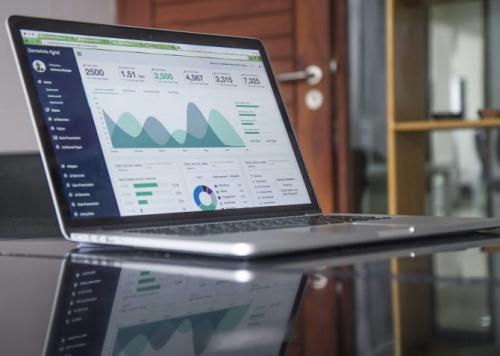To stay abreast of strategic risk issues, companies must keep up with innovation, which requires investment in human capital
Reputation now rates as the highest impact strategic risk area for most individual industries as well as overall, according to a new survey conducted by Forbes Insights on behalf of Deloitte Touche Tohmatsu Ltd.
Financial services firms already counted reputation as their greatest risk area in 2010, and continue to do so today. In the energy sector, however, reputation risk wasn’t even in the top five three years ago, while it now ranks first thanks to headlines about hydro-fracking and oil spills. Likewise, reputation risk has risen as a leading concern among life sciences and health care companies due to health care reform initiatives in the US and the focus on soaring drug and treatment costs.
The global survey of strategic risk management practices at more than 300 large companies around the world aims to help Deloitte better understand how businesses can manage strategic risk more effectively. Interviews with executives from eight major companies in all three geographic regions yielded additional insights.
The survey report, Exploring Strategic Risk, shows that 94 percent of respondents have changed their approach to managing strategic risk in the last three years, with 81 percent actively managing it instead of focusing only on traditional risk areas such as operational, financial and compliance risk. Many firms have expanded their perspective on strategic risk to encompass factors that could derail a particular business strategy and consider any major risks that might affect long-term industry standing and performance.
Technological innovations such as social media and big data are a key reason that strategic risks are able to strike faster than ever before, according to Deloitte’s report of the survey results. Companies that don’t keep up with innovation are more vulnerable to disruption, which is one main reason that managing strategic risk has become a high priority for many executives.
Organizations that are able to pinpoint their most critical risks, the kind that can potentially kill a brand, will be most adept at distinguishing useful data from irrelevant data and make best use of it, says Henry Ristuccia, a partner at Deloitte & Touche who co-leads its governance, risk and compliance practice.
‘It’s often [a matter of] collaboration between the board and the C-suite, many times facilitated by the risk management function,’ he says. ‘Not enough independent directors are challenging the C-suite to say how are we leveraging all this big data…to make better business decisions and take more uncertainty out of the business plan.’
The emergence of technology enablers and disrupters that could threaten companies’ business models is a concern for 53 percent of respondents overall but is seen as a greater risk for companies in the Americas and Asia/Pacific than in Europe, the Middle East and Africa (EMEA). The life sciences industry has the highest awareness of this threat, with 71 percent of those companies seeing potential disruption of their business models.
The top five technology threats are social media, data mining and analytics, mobile apps, cloud computing and cyber attacks. In the Americas, 56 percent of firms believe data mining and analytics is the top technology enabler/disrupter, while half of the EMEA respondents see social media as the top risk and 51 percent of Asian companies see social media and mobile apps tied for the top risk.
Siemens recommends that mobile, social media and big data issues be analyzed as part of a firm’s strategy process. Companies whose strategy relies on static assumptions are more likely to have their business models adversely affected by disruptive changes from technology or other market forces, while companies that are dynamic may need to alter their strategic models only incrementally in response to disruptive changes, Siemens said in the report.
For Pola Orbis Holdings, a Japanese manufacturer of personal care products, social media risks revolve around the volume of information available and speed of dissemination, which increase the likelihood that negative rumors will accidentally circulate externally. The company restricts the internal use of social media outlets and regularly monitors for appropriate usage of information, and has a policy for personal use of social media, which includes educational sessions for employees about risks.
The need to keep pace with innovation makes human capital, including employees, business partners and contractors, a strategic asset worth investing in, 47 percent of respondents said. Companies need talented people who understand innovation to confront strategic risk issues, whether current or in the future, and those that lack depth in their organization and depend on a key person have human capital risk, ANZ’s chief risk officer for Australia, said in the report.
Barclays said it aspires to be able to control employees’ conduct and the company’s reputational risk much like it manages credit and market risk. The bank is putting in place a new conduct risk framework and requires that each of its 140,000 employees worldwide attend values training in person.
To prepare for the future, companies must consider a much broader set of risks and strategic assets that includes people, intellectual property, customers, marketing efforts, and even ‘the crowd,’ the report said. Because these risks and assets are harder to measure, capitalize on and hedge against, they demand a more systematic, sustained approach to monitoring and managing risk. Companies need to embrace an outside-in’ perspective, requiring a new focus on gathering data and appreciating external perspectives from customers, bloggers and marketplace analysts, the report said.








